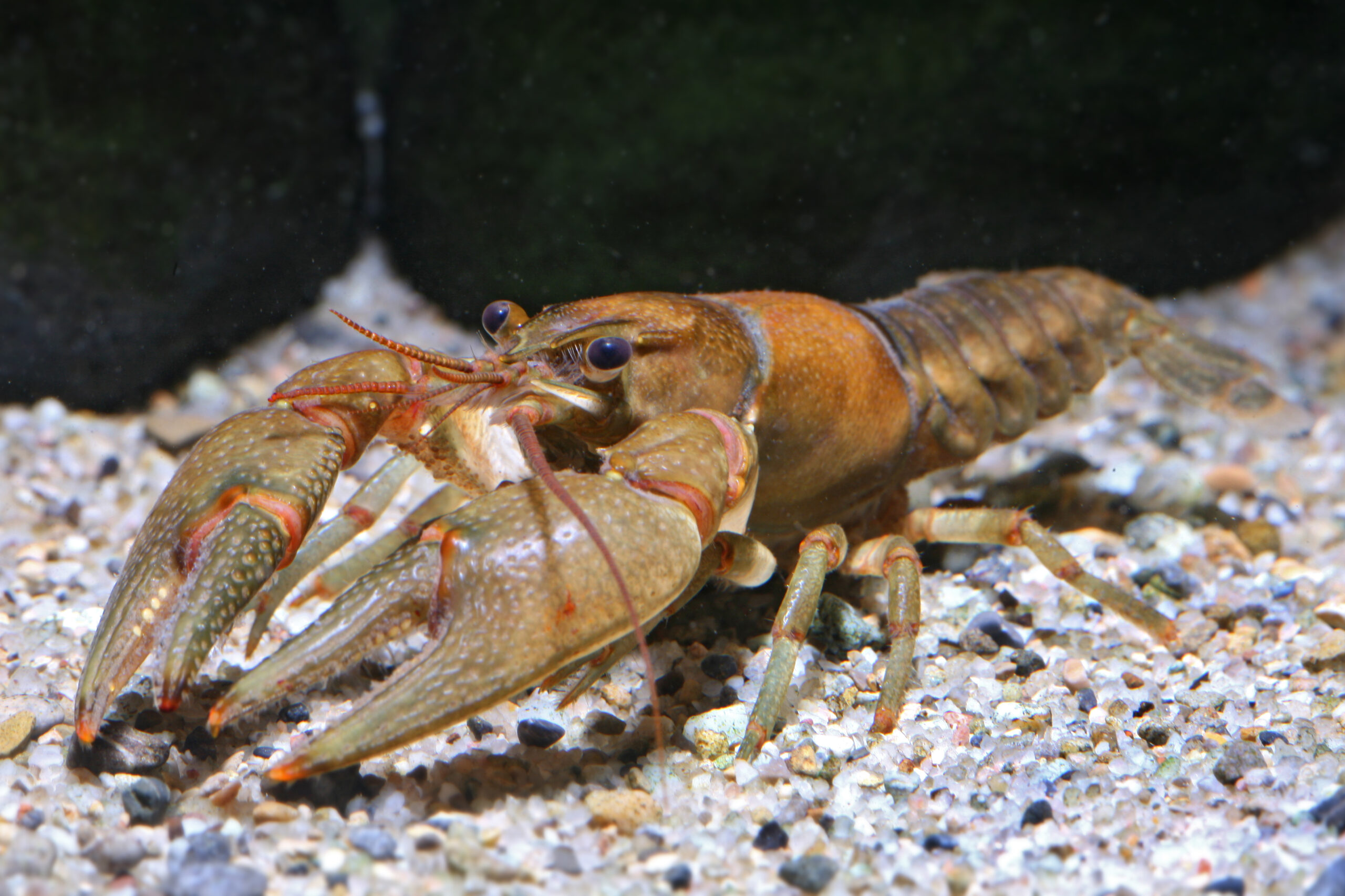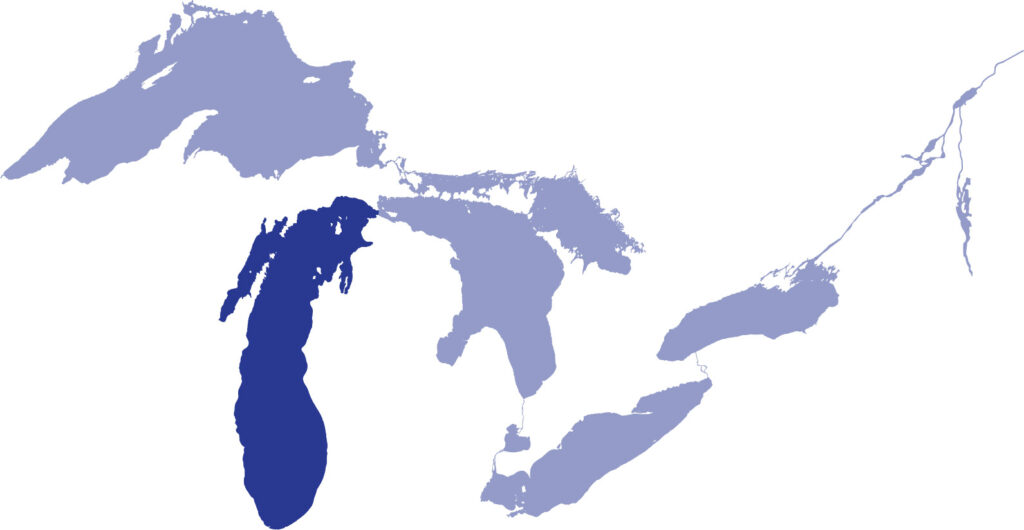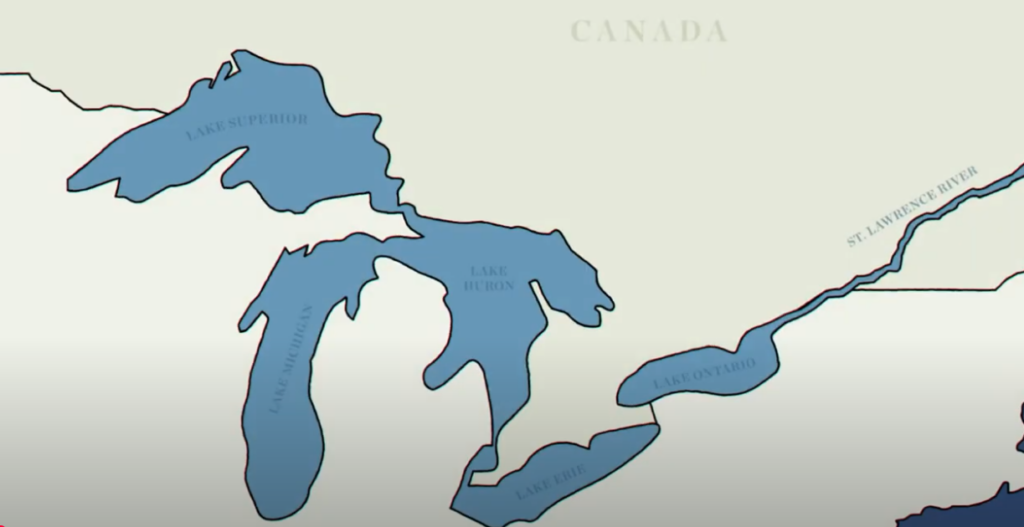Lesson Summary
Students will first read about a hypothetical mysterious phenomenon about crayfish disappearing from a river, then work in small groups to develop plans to investigate the issues.
The plans should be based on the available information presented in the scenario and what they have learned throughout the unit about crayfish and freshwater ecosystems.
We suggest having students first create a visual model, followed by a written explanation. Lesson options are listed in the “Enrich/Extend” section, including ways to do water quality field investigations.
Photo Credit: Chris Lukhaup
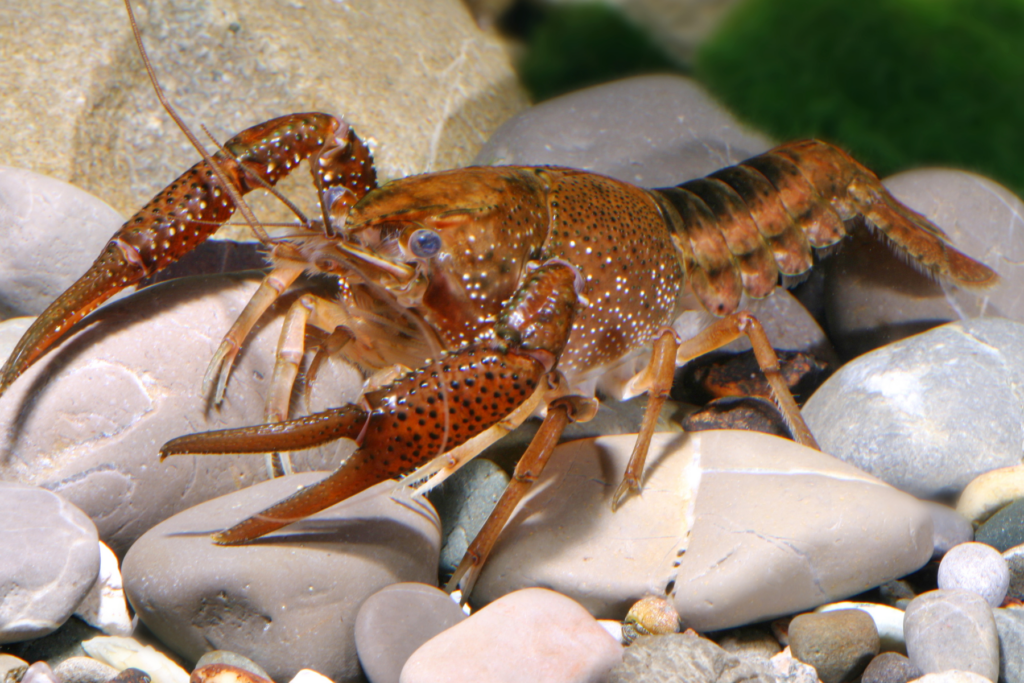
Background
Like other aquatic macroinvertebrates, crayfish are sensitive to water quality, and are therefore helpful as an indicator species, in addition to being very important in aquatic food webs. Degraded water quality as a result of human activities such as elevated metal concentrations may contribute to crayfish declines. Crayfish are gill-breathing invertebrates that live in the lowest level of a body of water and feed on plant matter, animal matter, and detritus, thus increasing their exposure and subsequent susceptibility to pollutants such as metals. Crayfish have been shown to bioaccumulate metals associated with mining waste and these metals may negatively impact their populations (Allert et al 2010; Snyder 2010).
Explore “The Mystery of the Disappearing Crayfish” and the other resources listed at the end of the lesson for more information about water quality components, how to test it, and the role of crayfish and other macroinvertebrates as indicator species.
Objectives
Students will accomplish the following goals upon completing this lesson:
- explore water quality issues by working together to solve a mystery about crayfish disappearing.
- become aware of how their actions, and those of others in their community, can impact the health of their local watershed, encouraging them to be more environmentally aware.
- increase understanding of the roles of crayfish and other macroinvertebrates in freshwater ecosystems.
Students will meet the following objectives upon completing this lesson:
- problem solve and construct possible solutions to issues.
- create visual models that illustrate their plan to solve a mystery and improve water quality.
- communicate their ideas effectively in writing.
- explain how human activities can benefit, as well as harm, living systems.

Lesson Alignment
Next Generation Science Standards: Building Toward: MS-LS2-5, MS-ETS1-1, MS-ESS3-3, HS-LS2-2, HS-LS2-7, HS-ETS1-2, HS-ETS1-4
Next Generation Science Standards: Crosscutting Concepts Cause and Effect: Mechanism and Explanation, Structure and Function, Stability and Change
Next Genertion Science Standards: Science & Engineering Practice: Developing and Using Models, Asking Questions and Defining Problems, Constructing Explanations, and Designing Solutions, Obtaining, Evaluating, and Communicating Information
Next Generation Science Standards Core and Component Ideas in Life Science: LS1.A, LS1.B, LS2.A, LS2.C
Next Generation Science Standards Core and Component Ideas in Earth and Space Science: ESS2.C
Common Core State Standards
Speaking and Listening Standards for Gr. 6- S1, S4 S6 (Similar standards exist for Gr.4-5 and 7-12)
College and Career Readiness Anchor Standards for Writing- S6, S7
Materials
Access printed copies or electronic versions of lesson materials below.
- Markers, crayons, or colored pencils for students to share
- Optional: Posterboard
- Optional: Support from an expert partner to work with your class
“The Mystery of the Disappearing Crayfish”
One per student
“Water Quality Improvement Plan Rubric”
One per student or group
“Crayfish May Help Restore Dirty Streams, Study Finds”
Optional Material
Arrange for a Guest Speaker
Optional Support
Invasive Crayfish Collaborative Website
Additional Resources
Investigating Crayfish and Freshwater Ecosystems
Full Curriculum
Time Required
Completion of this lesson may require multiple class periods to complete.
Activity Set-Up
Ensure all materials above are ready for student use.
Optional: Learn more about topics addressed in the lesson with the sources listed in the More Resources/References section at end of the lesson to prepare to answer student questions.
Optional: Arrange for a guest speaker with expertise on freshwater habitat restoration projects to visit your class. Contact us for possible recommendations. Link in materials.
Photo credit: National Park Service
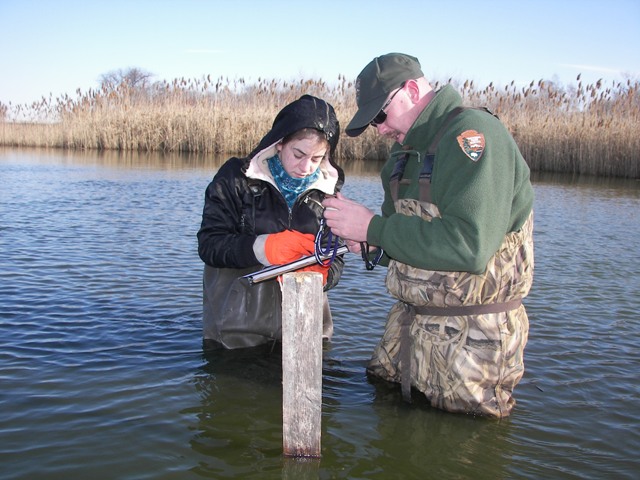
Lesson
Engage
Engage students by encouraging them to apply prior knowledge. Ask them what they would do if they discovered that crayfish and many other organisms were disappearing from a nearby stream. Ask them to think about what tests they might conduct to get more information, who they might talk to, what other problems might be related to the issue, etc. Tell them they will have just a couple of minutes to brainstorm their ideas with a neighbor or record them on paper or with an electronic device in words and pictures.
Circulate through the groups, answering (and asking) questions to help students arrive at their own conclusions. After a minute or two, tell students they will have one more minute to brainstorm and to be prepared to share their best ideas with the class.
Allow the groups to share. Tell them that they will be working in groups to solve a similar realistic scenario that includes more information to help them decide on the best possible solutions to the problem.
Explore
Ask students to form groups of 2–4 while you pass out the “Mystery of the Disappearing Crayfish” and ask them to first read through the whole scenario. Explain that after they finish reading, they should work together to create plans that address the possible problems as explained in the “Your Challenge” section.
Tell students they should conduct additional research, as necessary, using the Internet and other available reference sources; they should cite the sources they use for additional information.
Explain the available options for visuals: posters, computer-aided diagrams, etc., and show students available materials and/or technology/software with which they can work.

Explain
Circulate through the room answering (and asking) questions, helping the groups get started. When all the groups have started working on their plans, pass out the “Water Quality Improvement Plan Rubric” so they know how they will be assessed. Explain that they should complete the “Group Self Score” column of the rubric before turning in the rubric with their visual model and written plan. We recommend that you have each student write a written plan to help them process the information and practice their skills arguing from evidence in writing. But, one per group is fine, too, or even just the visual model with a quick oral presentation if time is limited. Either way, tell students that they should also be prepared to present their plans and visual models to the class.
Allow students time to complete their plans outside of class, if necessary.
Build in time for students to present their projects. Discuss the recommendations in their plans for how to improve water quality for macroinvertebrates like crayfish, as well as for humans and every other organism in the aquatic food web.
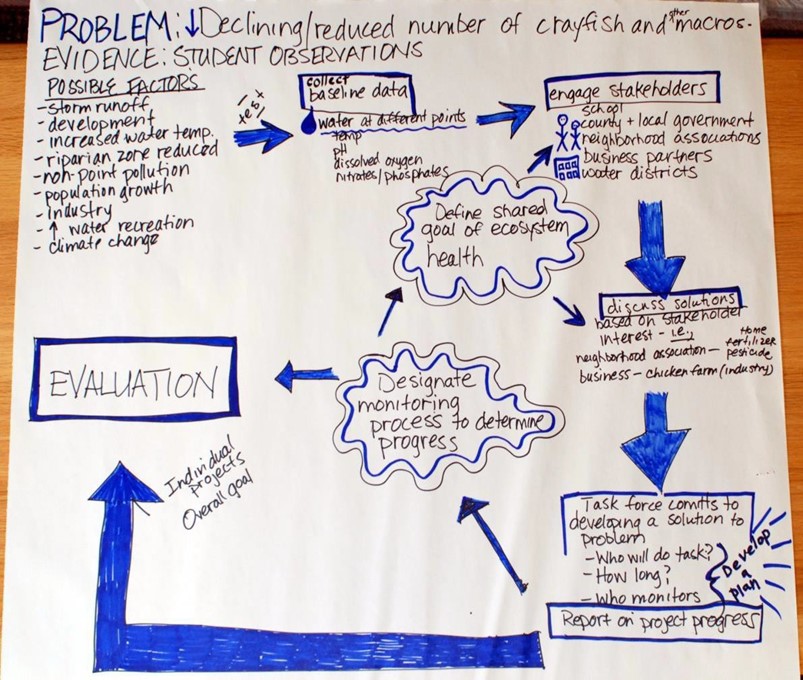
Extend
- Discuss the concept of point and nonpoint source pollution, perhaps as preface to the scenario. Good resources to help teach the concept include:
- For younger and/or less experienced students, consider reading through the scenario as a class and answering questions before forming groups to work on the project.
- Investigate the biodiversity of macroinvertebrates in a nearby stream to evaluate water quality based on the prevalence of different species. You can also help improve water quality by doing a service project, such as planting native plants or removing trash. Good activities to support this field work are found in:
- Explore the concept of a watershed in-depth with your students. See the “Introduction to Watersheds and Riparian Restoration” lesson in the SOLVE curriculum linked above and/or other online lessons, such as:
- Conduct water quality sampling activities with your students. Partners may be able to support your work, including your state university Extension Service, park district, or local watershed council.
- Ask students to read the article “Crayfish May Help Restore Dirty Streams, Study Finds” found at the end of the lesson and discuss the findings.
- If time allows, give students the option of creating dioramas to engineer engaging 3D models of their plans. They could construct areas of habitat restoration along the river, show ways to balance the needs of wildlife and humans, create bioswales, etc.
- Have students create public service announcement videos about ways to keep our water resources healthy for the benefit of both wildlife and humans.
Evaluate
- Ask students to reflect on the lesson in writing and/or orally, including about what they learned and what you, as the teacher, might do to improve the lesson next time.
- Use completed student diagrams to evaluate student understanding of the concept of freshwater ecosystems.
- Review the short research projects about an organism from freshwater ecosystems and its interactions with other freshwater organisms.
- Use student participation in class discussion and activities, including the simulation of a freshwater web of life, to determine student understanding.
Resources
Expand Knowledge + Skills
- Allert, A.L et al. (2010). “Effects of mining-derived metals on riffle-dwelling crayfish and in-situ toxicity to juvenile Orconectes hylas and Orconectes luteus in the Big River of southeast Missouri, USA.” USGS | LINK
- “Crawfish Water Quality and Management.” The Fish Site | LINK
- Helfrich, L.A. and DiStefano, R.J. “Sustaining America’s Aquatic Biodiversity–Crayfish Biodiversity and Conservation.” Dept. of Fisheries and Wildlife Sciences, Virginia Tech | LINK
- Kilpatrick, Molly. “Water Quality: Lessons From a Crayfish.” Auburn University | LINK
- “Meet our Grad Student Scholars: Kathryn Mudica.” IISG Graduate Student Researching Crayfish as Bioindicators | LINK
- “What are Riparian Zones or Areas?” Tanana Valley Watershed Association | LINK
Lessons/Activities
- “A Very Impervious Situation: An Introduction to Stream Runoff” lesson plan by Great Lakes Aquarium | LINK
- “Bugs Don’t Bug Me” and many more aquatic macroinvertebrate lessons, in the “Stream Side Science” program from Utah State Univ. Extension Service | LINK
- IDAH2O water education resources, including curriculum and videos, Univ. of Idaho Ext. | LINK
- “Stormwater and Green Infrastructure Curriculum for Boston Public Schools.” Boston Water and Sewer Commission | LINK
- “Watershed Detectives” lesson from Utah State University Ext. | LINK
Education Standards
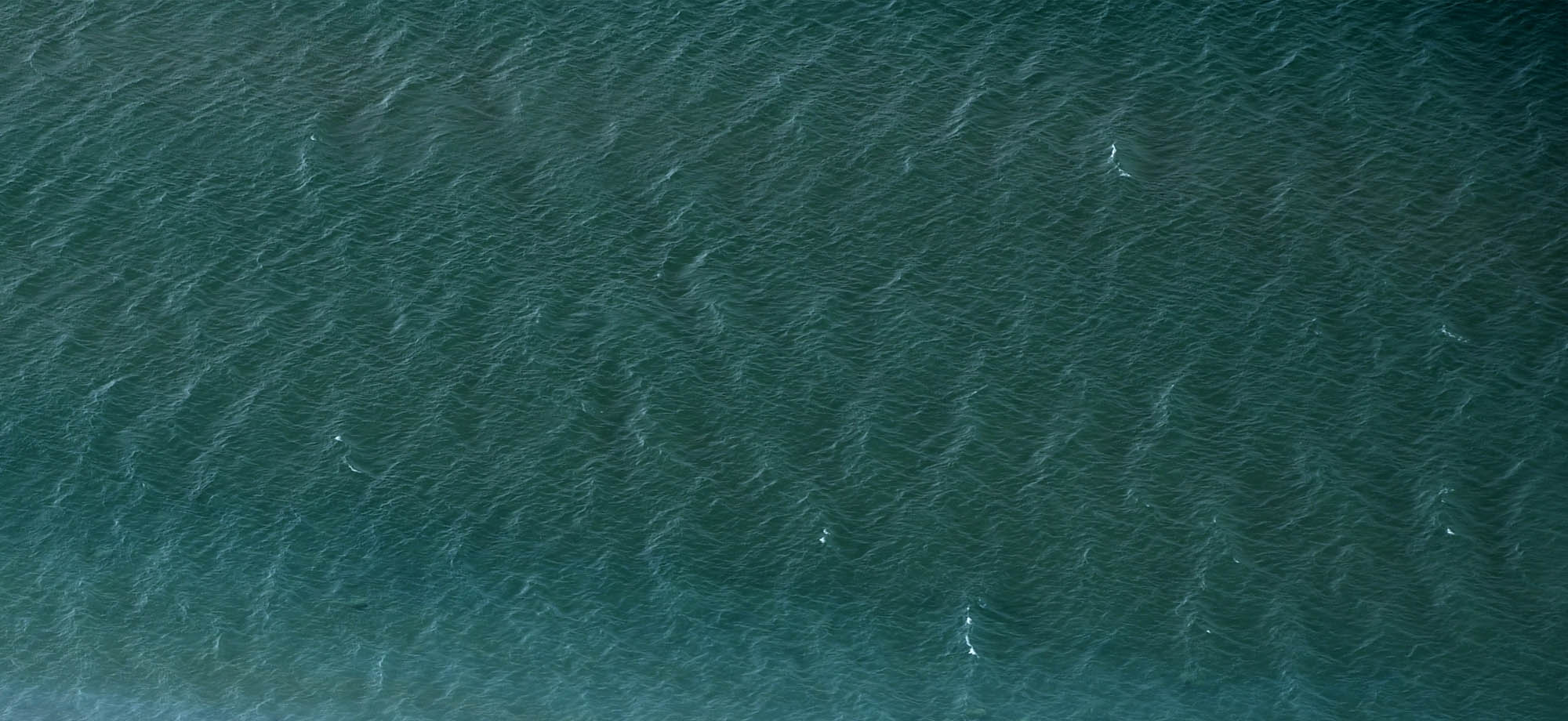
This lesson is part of a larger curriculum, Investigating Crayfish and Freshwater Ecosystems.
